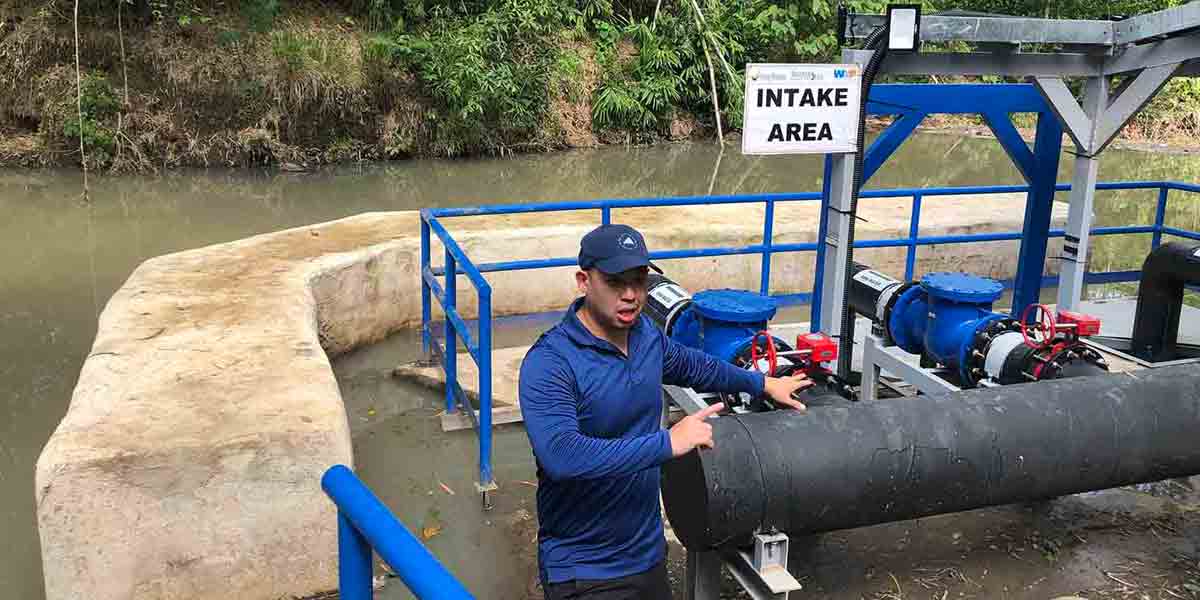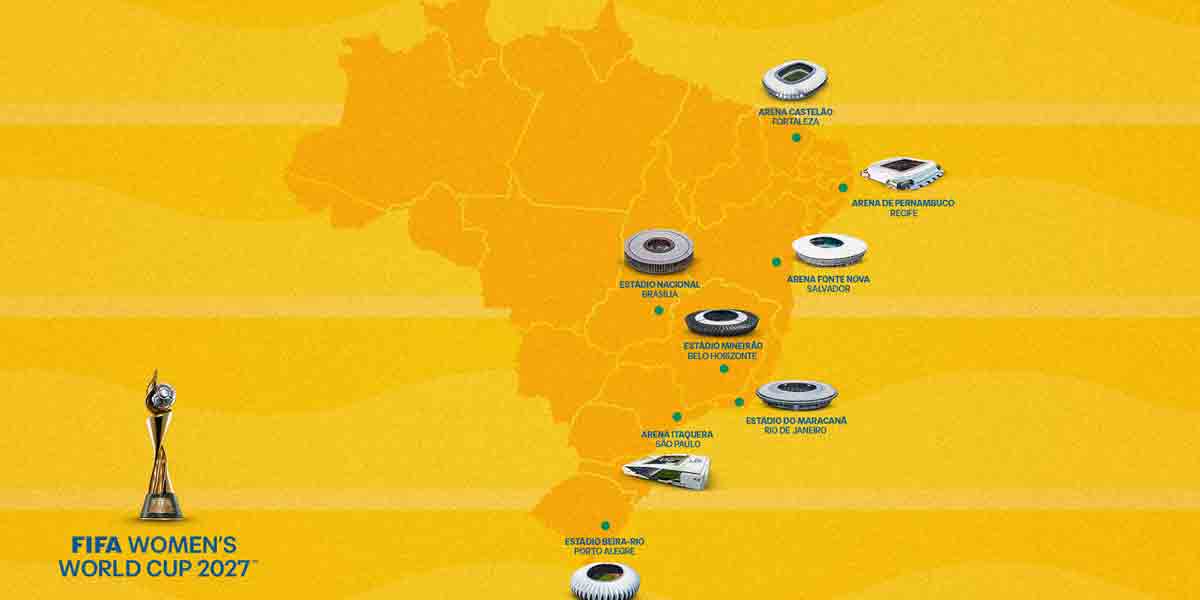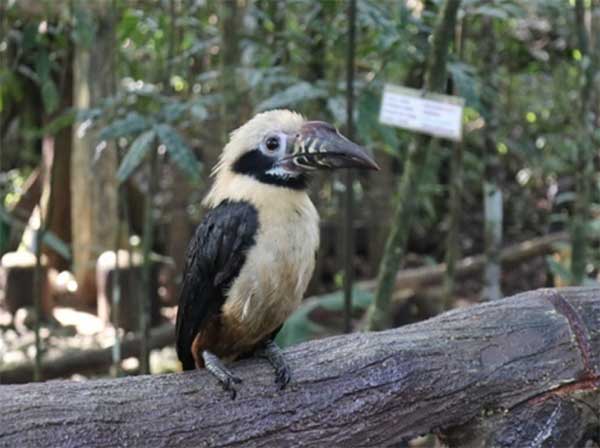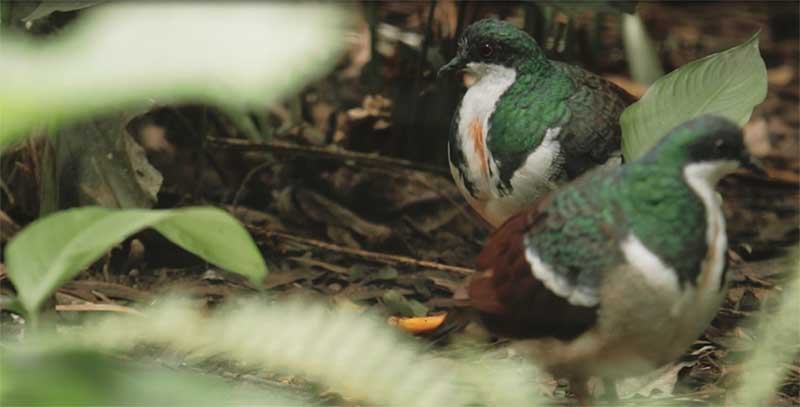The world is replete with wondrous life, ranging from the smallest to the largest creatures that have ever graced the Earth.
Mother Nature ceaselessly astonishes us. Beyond humanity, plants and animals share this space, fundamental to our survival.
We rely on wildlife and natural resources for basic needs such as food, medicine, clothing, shelter, and fuel. Therefore, ensuring ecosystems thrive is crucial, a responsibility for both governments and citizens to guarantee the continuity of animal and plant species for future generations.
On December 20, 2013, the United Nations General Assembly (UNGA), during its 68th Session, designated March 3 as United Nations World Wildlife Day (WWD). This date also marks the signing of the Convention on International Trade in Endangered Species of Wild Fauna and Flora (CITES) in 1973.
The celebration has since become an annual global event. This year’s theme, “Connecting People and Planet: Exploring Digital Innovation in Wildlife Conservation,” aims to explore how our increasingly digital and interconnected world can promote sustainability, conservation, legal wildlife trade, and the coexistence of humans and wildlife, both presently and in the future.
The Philippines ranks as one of the most biologically diverse countries, with endemic plant and animal species found nowhere else. Western Visayas, in particular, boasts unique flora and fauna, though not without its challenges.
The Department of Environment and Natural Resources (DENR) issued Department Administrative Order (DAO) 2019-09, updating the list of threatened species in the country, categorized as Critically Endangered (CR), Endangered (EN), Vulnerable (VU), and Other Threatened Species (OTS).
Among these, the Visayan spotted deer (Cervus alfredi), found in the rainforests of Panay and Negros islands, stands out. It is one of three endemic deer species in the country, primarily feeding on leaves, buds, and grasses.
Habitat loss and illegal hunting have severely reduced their numbers, leading to their classification as Critically Endangered (CR).
Similarly, the Visayan warty pig (Sus cebifrons), another elusive creature residing in the jungles of Negros and Panay, is recognized by its mane that partially covers its face, extending to its loins, and is also classified as Critically Endangered (CR).
The Panay forest monitor lizard (Varanus mabitang), an arboreal reptile dependent on primary forests, shares this critical status.
The Visayan Hornbill (Penelopides panini), also known as the Visayan Tarictic Hornbill, is a majestic bird found in Panay and Negros forest patches. Known for the sound it makes, which locals have named after, it primarily consumes fruits, occasionally eating insects, ants, beetles, and worms.
They tend to live in groups and are often spotted in the canopy of trees. Like the others, it is listed as Critically Endangered (CR).
The Negros bleeding-heart pigeon (Gallicolumba keayi), notable for its distinctive red patch resembling a “bleeding heart,” inhabits the forests of Negros and Panay, and is likewise classified as Critically Endangered (CR).
Western Visayas is home to many native plant and tree species, but the Rafflesia speciosa, a type of Rafflesia and the world’s largest flower, is particularly remarkable.
Discovered by Antiqueño mountaineers at Sibalom Natural Park, Sibalom, Antique in 2000, this rare flower, with its reddish-orange hue, can reach up to 22 inches in diameter during its bloom in February and March.
The threat to these unique creatures from destructive human activities, which damage their natural habitats and food sources, is unfortunate.
DENR Region 6, along with private conservation groups, tirelessly works to protect these and other species from extinction. We are all called to contribute to preserving our ecosystems, ensuring that native and endemic animals and plants can flourish.
In line with this year’s theme, we must leverage everyday technologies, especially social media, to advocate for our wildlife.
WWD should go beyond mere celebration. Fostering a connection between people and nature, inspiring continuous action for our flora and fauna, must be a perpetual aim. (DENR-6)



























